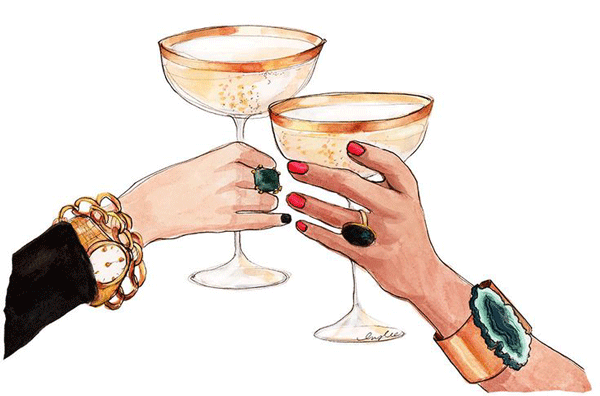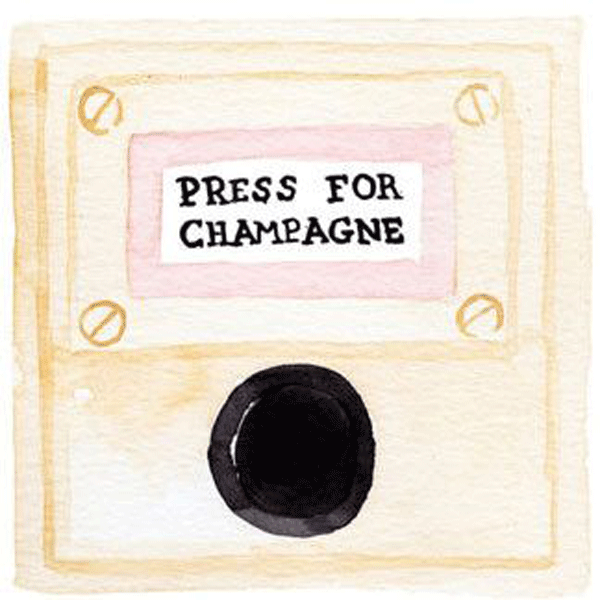02
Jun

Have you ever bought a champagne or any other sparkling wine before? If yes, do you know what some of those ‘fancy’ words like cremant, cuvee, brut and spumante mean? In this simple guide we will try to explain these terms, so next time you want to buy champagne or a sparking wine, you will know exactly what you are getting.
Champagne and sparkling wines are basically the same as regular wines. What differs are the bubbles. Every champagne and sparkling wine production starts with the base wine, and how the bubbles are added is done in various ways, which we will explain latter. Lets first learn the meaning of some key words.
There are numerous terms usually used to describe the sugar contents of sparkling wines. Although the terms are French in origin, sparkling wine producers from other world regions also use them.
Brut means dry or ‘non sweet’
Sec means ‘noticeably sweet’
Doux means ‘very sweet’
To make things even more complicated, each country has own way of describing sparkling wine. Below are the two examples:
Italian sparkling wines have two different categories:
Light sparkling – called ‘frizzante’
Fully sparkling – called ‘spumante’

Champagne is a sparkling wine that comes only from the same-name region.
Cremant is a lightly sparkling wine produced under a specific method.
Mousseux is the sparkling term in French.
In the Champagne region of France, all champagne is produced this way and there are no exceptions. In other world’s wine regions this method is called ‘methode traditionnelle’. Both refer to the same method.
Step 1- Fermentation: The bubbles are added to each individual bottle and each bottle is fermented and sealed separately.
Step 2 – Once the fermentation is completed, the dead yeast cells are removed by shaking and tilting downwards the bottle. This helps move the sediment at the neck of the bottle at which point the neck of the bottle is immersed into an ice bath to freeze the sediment. Next, the cap is removed, and the pressure inside the bottle ejects the frozen sediment resulting in a clear wine. Because this process requires more labour and time, the champagne produced by this method is more expensive.

This method is similar to methode champenoise, only the bottles are opened, emptied into a big pressure tank and with a filter the yeasty sediment is separated from the wine. The clear wine is bottled under pressure and available for sale.
This method is also known as the ‘Tank’ method because both fermentation processes are performed in a pressurized tank. Since the yeasty sediment is not much in contact with the wine, champagne made this way tastes different. This method is cheap, easy, and requires little effort what makes it ideal for sparkling wines that feature fruity finishes.
Similar to the method used to add bubbles to sodas, it is also the easiest and cheapest way to get carbonated wine. Plus, there is no secondary fermentation, instead the bubbles are injected directly with carbon dioxide. However, the bubbles are very large and the wine goes ‘flat’ very quickly.
Hopefully what you’ve learned today will be useful next time you want to buy champagne or sparking wines.